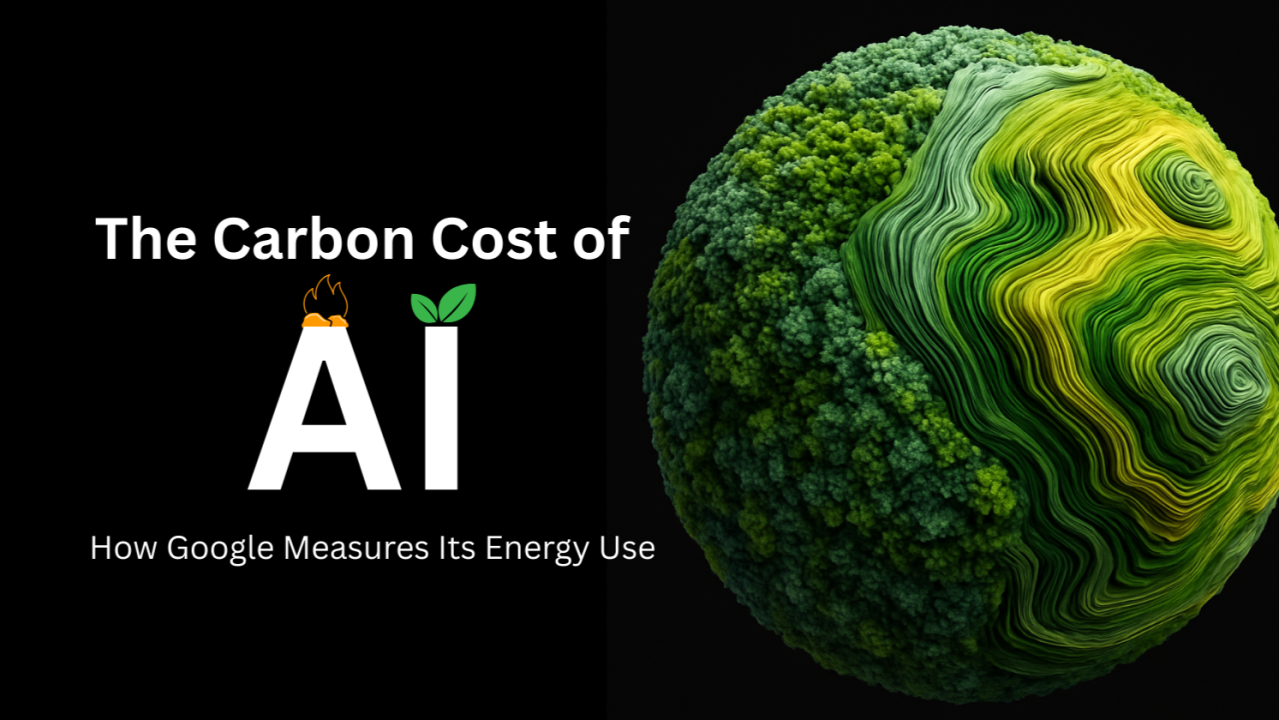As enterprise IT spends grow and data-centres expand, companies face rising GHG emissions tied to digital infrastructure — sustainability strategies must include tech.
Defining the Hidden Carbon in Tech Infrastructure
When we talk about sustainable IT, we often focus on end-user devices or renewable energy. But a large and growing share of digital emissions comes from data centres, cloud infrastructure, and the rising demand for compute and storage.
- According to SPhotonix/TechRadar data-centres already account for around 3 % of global carbon emissions, similar to the aviation industry. TechRadar+1
- Cloud computing more broadly contributes about 4 % of global greenhouse-gas emissions. TechRadar+1
- Many enterprises are not measuring digital emissions at all—even though infrastructure (servers, cooling, transmission) often accounts for more than half of their digital footprint. Umbraco+1
In practical terms: every click, cloud-sync, video stream, and AI workload has a physical cost in electricity, cooling and hardware. As data volumes and workloads grow, so does the hidden carbon.
Why the Digital Boom is Intensifying the Problem
Several structural forces are converging to push tech-related emissions upward:
- The surge in AI, big data, IoT and cloud services is driving massive expansion of compute capacity and storage. For instance, global data-centre electricity use could double to ~1 000 TWh by 2026. TechRadar+1
- Some of the largest tech companies may be underreporting the true emissions of their data-centre operations. A Guardian-based estimate suggests actual emissions could be ~7.6 times greater than claimed for certain firms. The Guardian+1
- As firms digitise faster, IT (which used to be a cost centre) is increasingly a sustainability risk centre—yet few integrate it into their ESG strategy.
- Regions hosting data-centres face energy-grid pressure and environmental trade-offs—hence the sustainability challenge becomes operational, regulatory and reputational. AP News+1
For businesses, the implication is clear: the “digital transformation” checklist now must include carbon transformation. Ignoring it means missing both environmental and business risks.
Business Value & Strategic Implications
What does this mean for organisational strategy and value creation?
1. Operational efficiency and cost control
Optimising data-centres, choosing greener providers, reducing wasteful compute/storage—these can lower both energy costs and emissions. For example, more efficient cloud architecture reduces server load and cooling demand. TechRadar
2. Reputational and regulatory resiliency
Tech-heavy emissions are now under scrutiny. Studies show digital emissions could reach ~14 % of global emissions by 2040 unless addressed. TechRadar+1 Companies that get ahead will avoid regulatory shocks and build brand credibility.
3. Innovation and business model differentiation
Sustainable IT can become a competitive differentiator. For example, offering low-carbon cloud services, transparent digital-footprint reporting, or using waste-heat from servers for district heating. These generate value beyond cost reduction.
4. Risk management
Failure to account for digital emissions is a missed compliance and strategic-risk issue. Under-measured infrastructure may become stranded or exposed in net-zero pathways.
In sum: seeing digital infrastructure as an asset and liability simultaneously is crucial. It’s not just about powering growth—it’s about powering it responsibly.
The Strategic Playbook: How to Make IT Sustainable
Here are actionable steps for organisations to integrate sustainable IT into strategy:
Audit & measure digital emissions
Start with infrastructure: servers, data-centres, network, cloud usage. Many firms don’t measure digital carbon at all. Umbraco Use models to estimate, benchmark and monitor over time.
Optimise compute/storage workflows
Use workload consolidation, efficient hardware, smarter cooling, server-utilisation improvements. For instance, trimming redundant storage or migrating to energy-efficient hardware significantly reduces footprint. TechRadar+1
Choose green cloud/data-centre partners
Select providers with committed renewable-energy sourcing, transparency in emissions and behaviour beyond offsets. Look for true “time-based” renewable sourcing rather than just certificates. TechRadar
Embed digital sustainability into enterprise strategy
Tie IT spend and digital transformation efforts to corporate sustainability targets. Ensure that as you scale compute or deploy new platforms (e.g., for AI), you balance carbon and business value.
Governance and culture shifts
Assign responsibility for digital carbon (e.g., IT + ESG teams), include digital-footprint KPIs, integrate into procurement criteria. Sustainability isn’t just about power usage—it’s about decisions: what workloads you run, where you locate data-centres, how you retire hardware.
Innovate for circularity and reuse
Extend device lifecycle, reuse infrastructure, adopt modular servers, reclaim waste heat. The lifecycle emissions (embodied carbon) of digital hardware matter. Desapex+1
By treating sustainable IT not as a cost but as a strategic enabler, organisations align digital growth with environmental value creation.
Looking Ahead
The digital infrastructure driving our enterprises—clouds, servers, networks—is no longer invisible when it comes to carbon. That infrastructure now affects value creation, risk profiles, and competitive position. As we move through 2025 and beyond, sustainable IT will become a front-line strategic issue, not a back-office compliance concern.
Organisations that integrate digital carbon into their transformation roadmaps will win better margins, stronger stakeholder trust, and long-term resilience. Those that ignore it risk being overtaken by regulatory, market and environmental shifts. The future of tech is not just digital—it must be sustainable.
Follow Tomorrowist for more insights on innovation, deep tech, and value creation.





